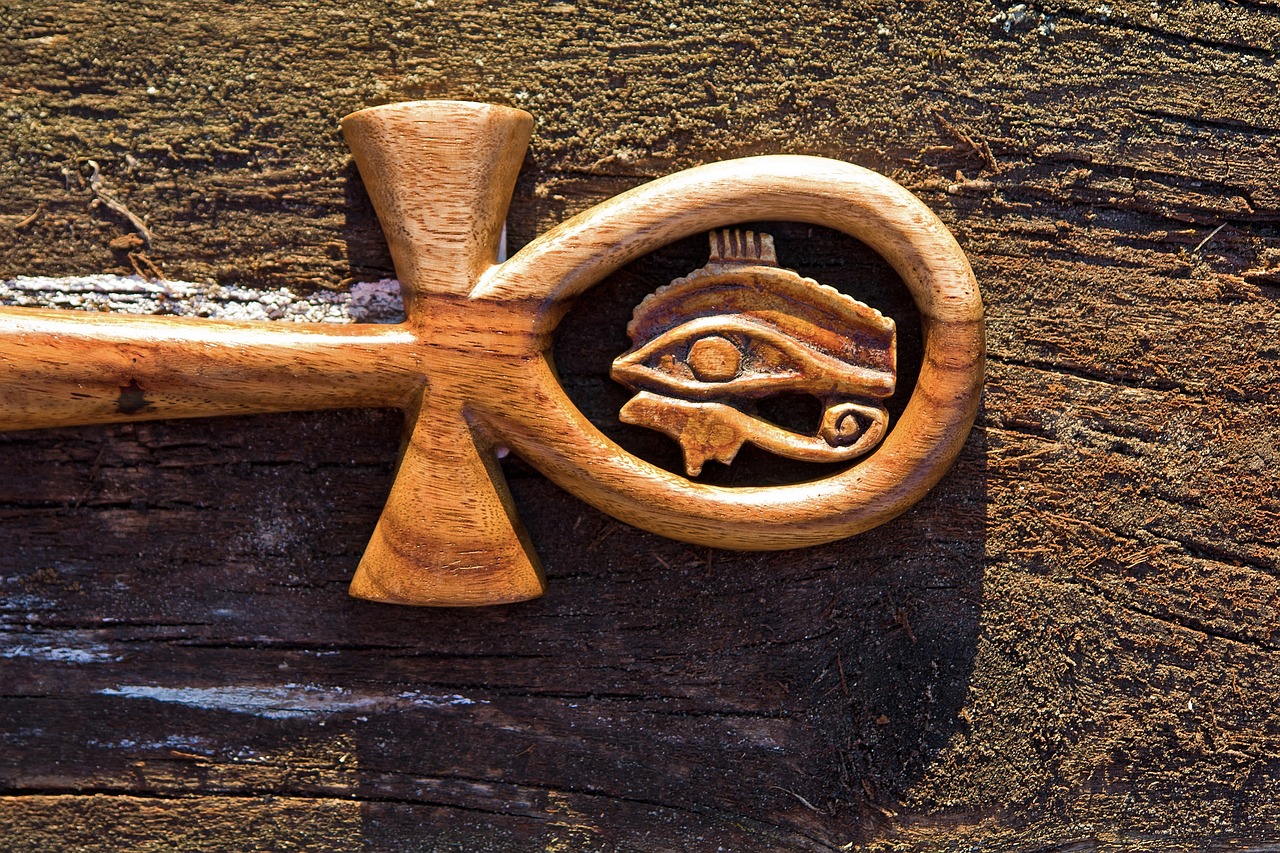Horus, revered in ancient Egyptian mythology, is depicted as a falcon deity whose right eye symbolizes the sun or morning star, embodying authority and essence, while his left eye signifies the moon or evening star, representing healing properties. Falcon worship has roots stretching back to late predynastic times and became prevalent throughout Egypt. Horus was worshiped under various titles and forms in different regions, including Harmakhis (or Horus in the Horizon), Harpocrates (meaning Horus the Child), and Harsiesis (Horus, the Son of Isis). In certain locales like Kawm Umbū (Kom Ombo), he was revered as Haroeris (Horus the Elder), while at Nekhen (Hierakonpolis in Greek), the belief emerged that the reigning king embodied Horus. Following the unification of Lower and Upper Egypt by kings from Nekhen, this concept gained widespread acceptance among the populace.
An Egyptian king’s identity was closely linked to his Horus name—one representing his divine connection to Horus—which became the most significant of the king’s titles. This name was inscribed within a rectangular frame known as a serekh on various monuments and burial sites.
Typically, the king was not just known by his Horus name but was also depicted with Horus hovering above him. Occasionally, Horus appeared as a celestial winged sun disk, a representation prevalent in Behdet, a town in the Nile delta where Horus’s cult was established.
From the 1st dynasty onward, a consistent narrative depicted Horus in opposition to the god Seth, establishing a perpetual rivalry between them. According to the Osiris myth, which gained prominence around 2350 BCE, Osiris, Horus’s father, was slain by Seth, Osiris’s brother, igniting a struggle over the rightful claim to the throne of Egypt. This conflict framed Horus as Seth’s adversary, ultimately leading to Horus defeating Seth, thereby avenging his father and securing his rule. A notable aspect of this mythological battle was the damage inflicted upon Horus’s left eye—the moon—which serves as a mythological explanation for the moon’s fluctuating phases. This eye was later restored by Thoth, representing healing and renewal, and the wedjat eye (the restored eye) evolved into a powerful protective amulet.
Horus’s narrative intertwines with that of Hathor, an ancient cow goddess, with whom he shares a familial relationship. In the Ptolemaic era, the defeat of Seth came to symbolize Egypt’s triumph over foreign rulers. In Idfū, a ritual reenactment where Horus, as pharaoh, speared Seth disguised as a hippopotamus emerged, emphasizing his role as a protector and avenger. The Greeks later identified Horus with their god Apollo, leading to Idfū’s designation as Apollinopolis during the Greco-Roman times.



